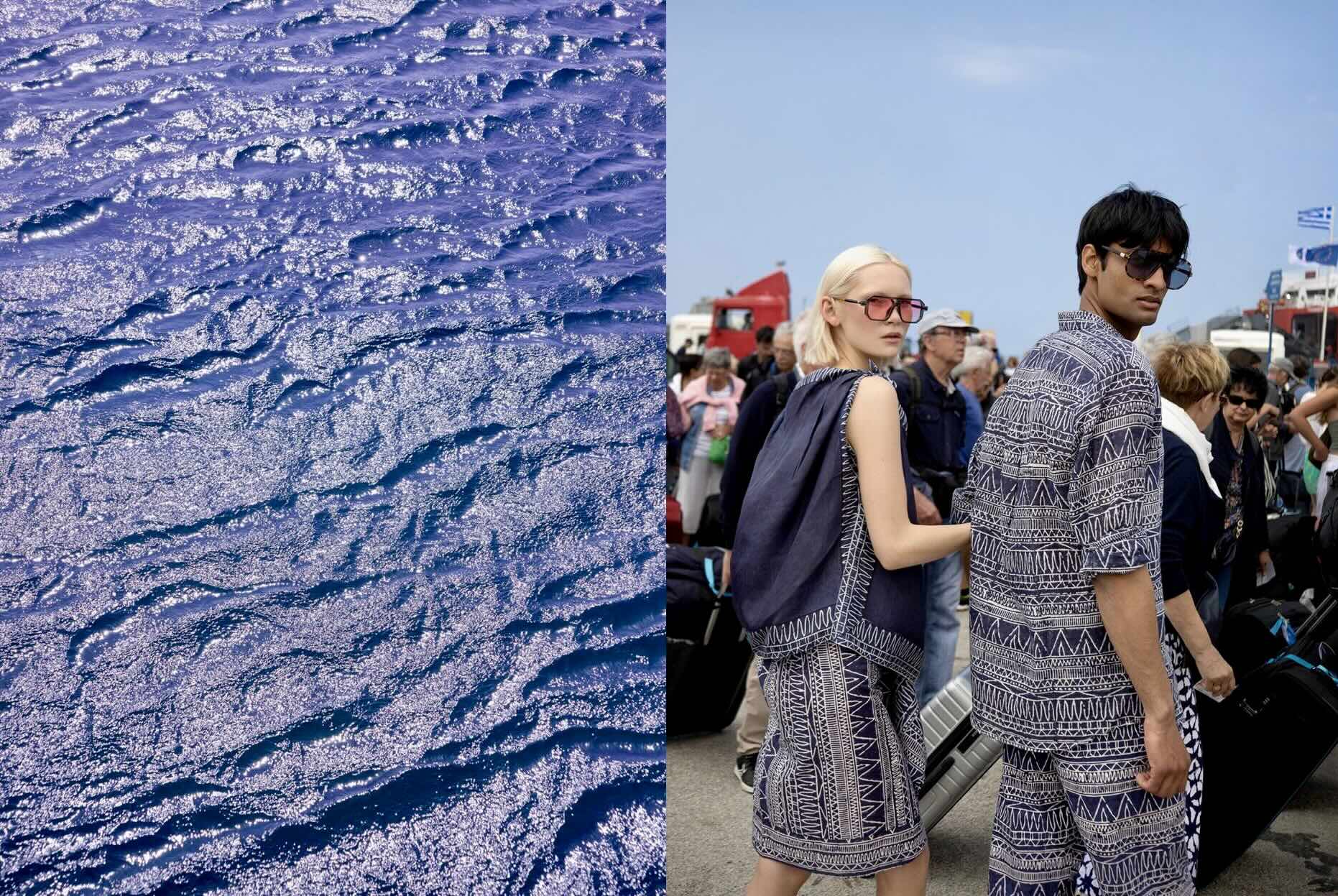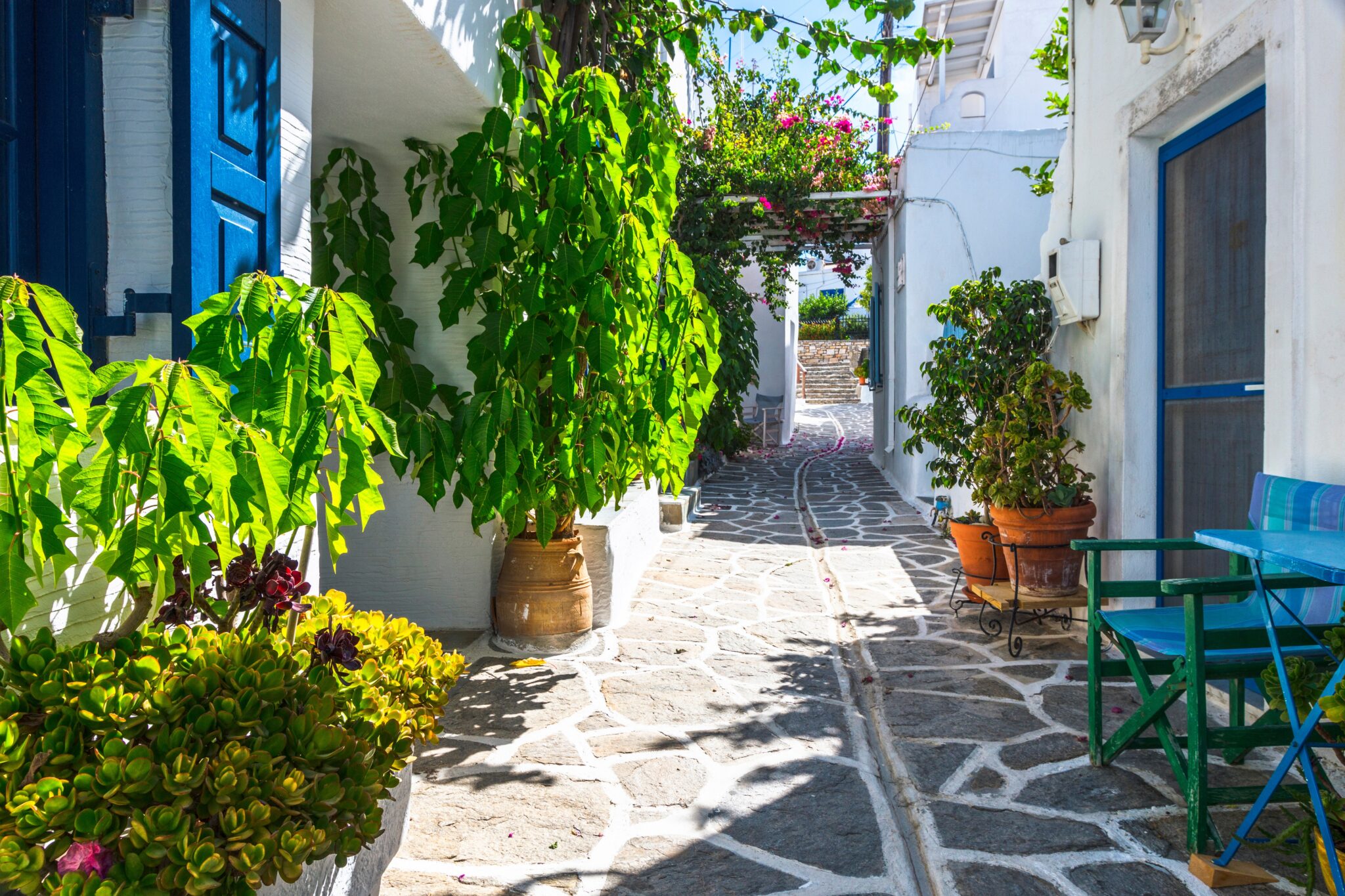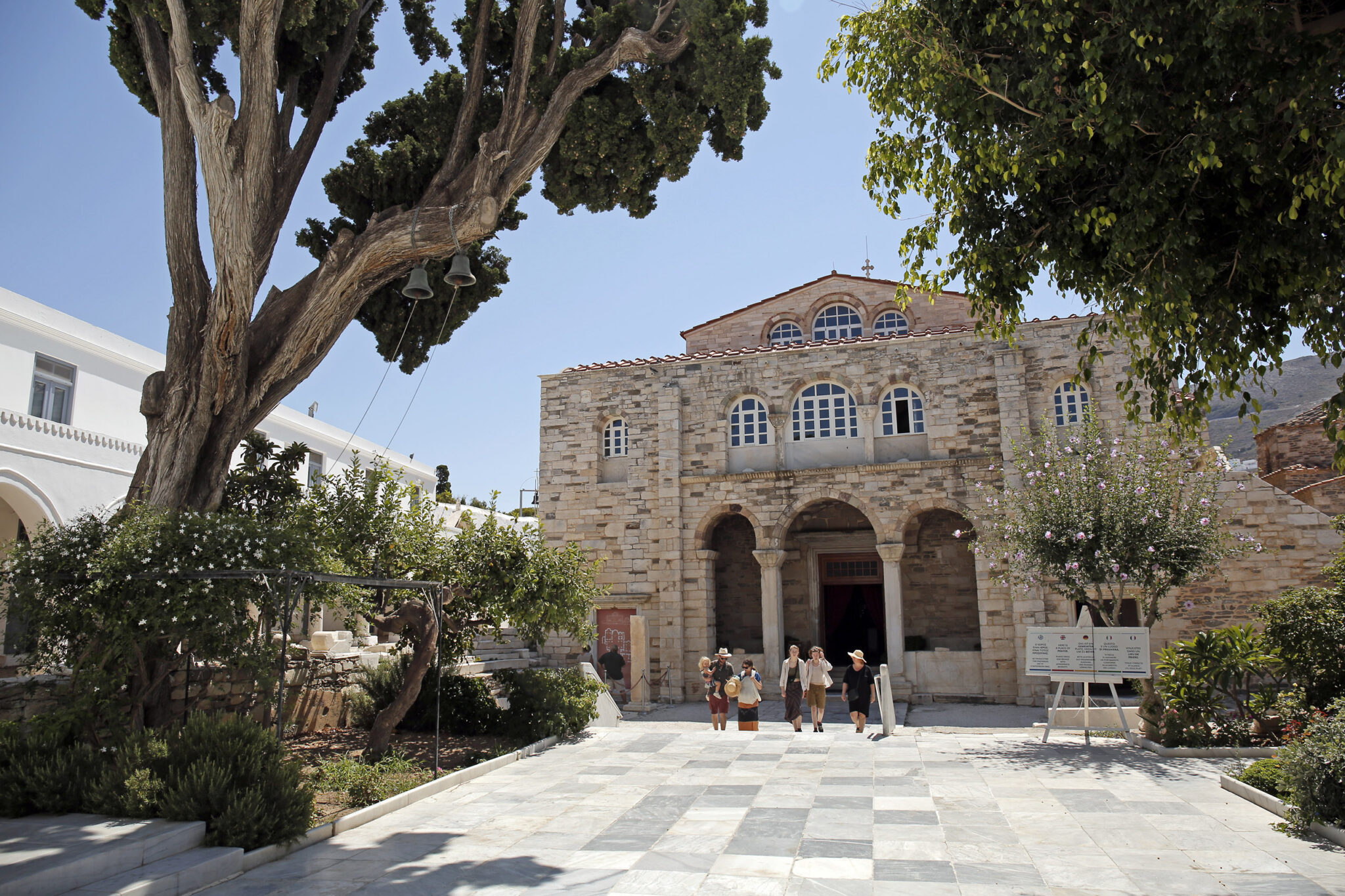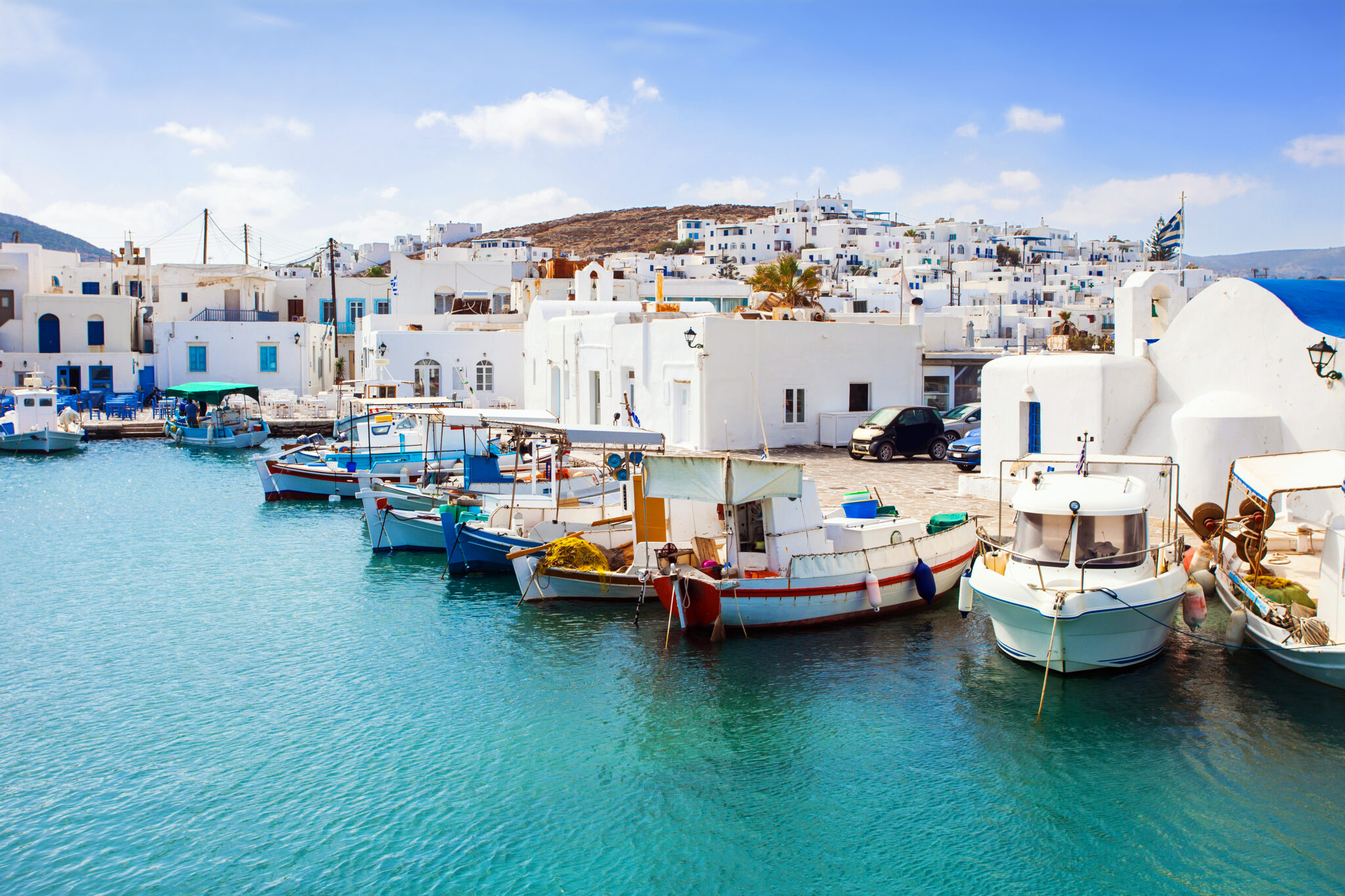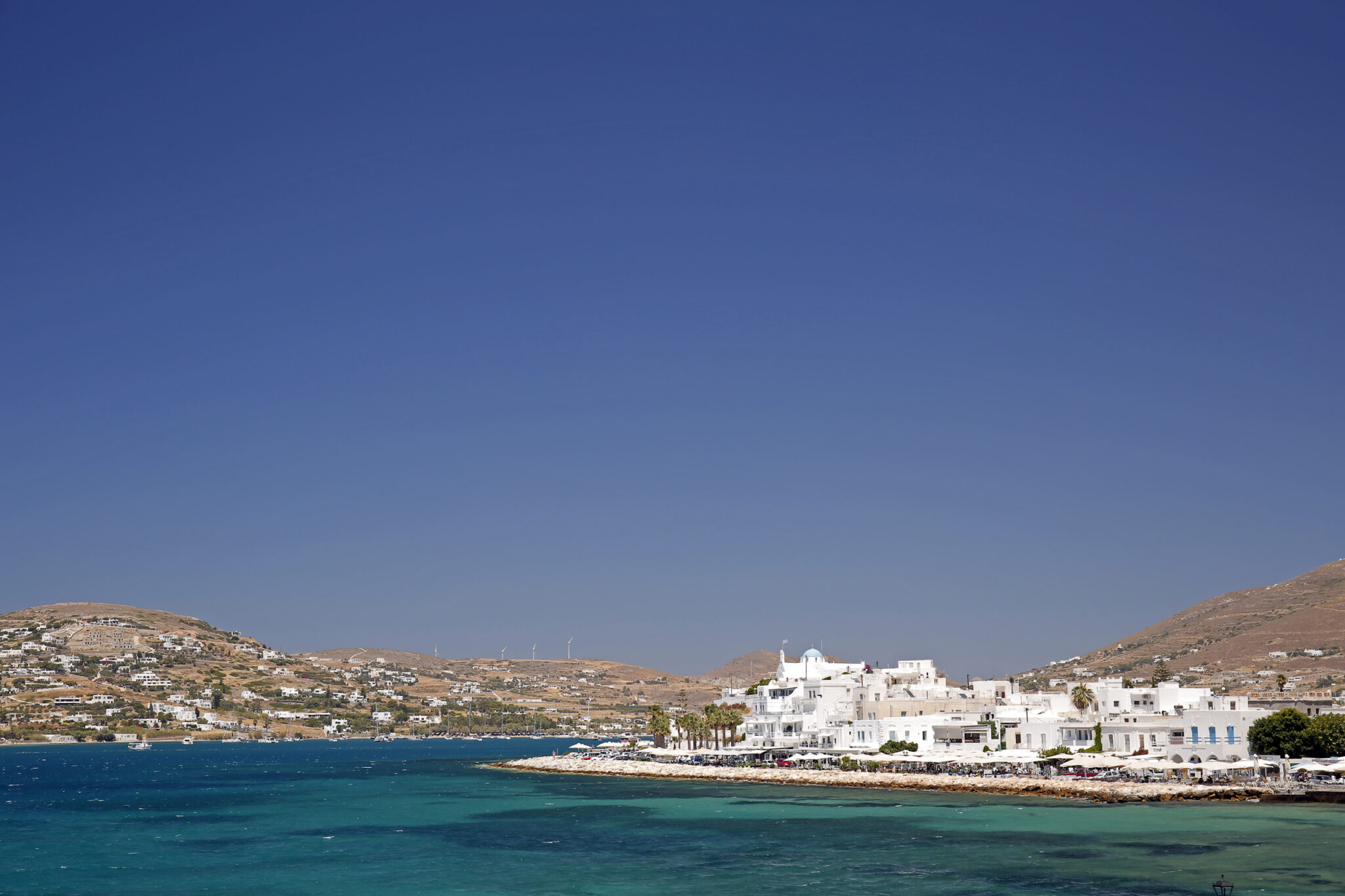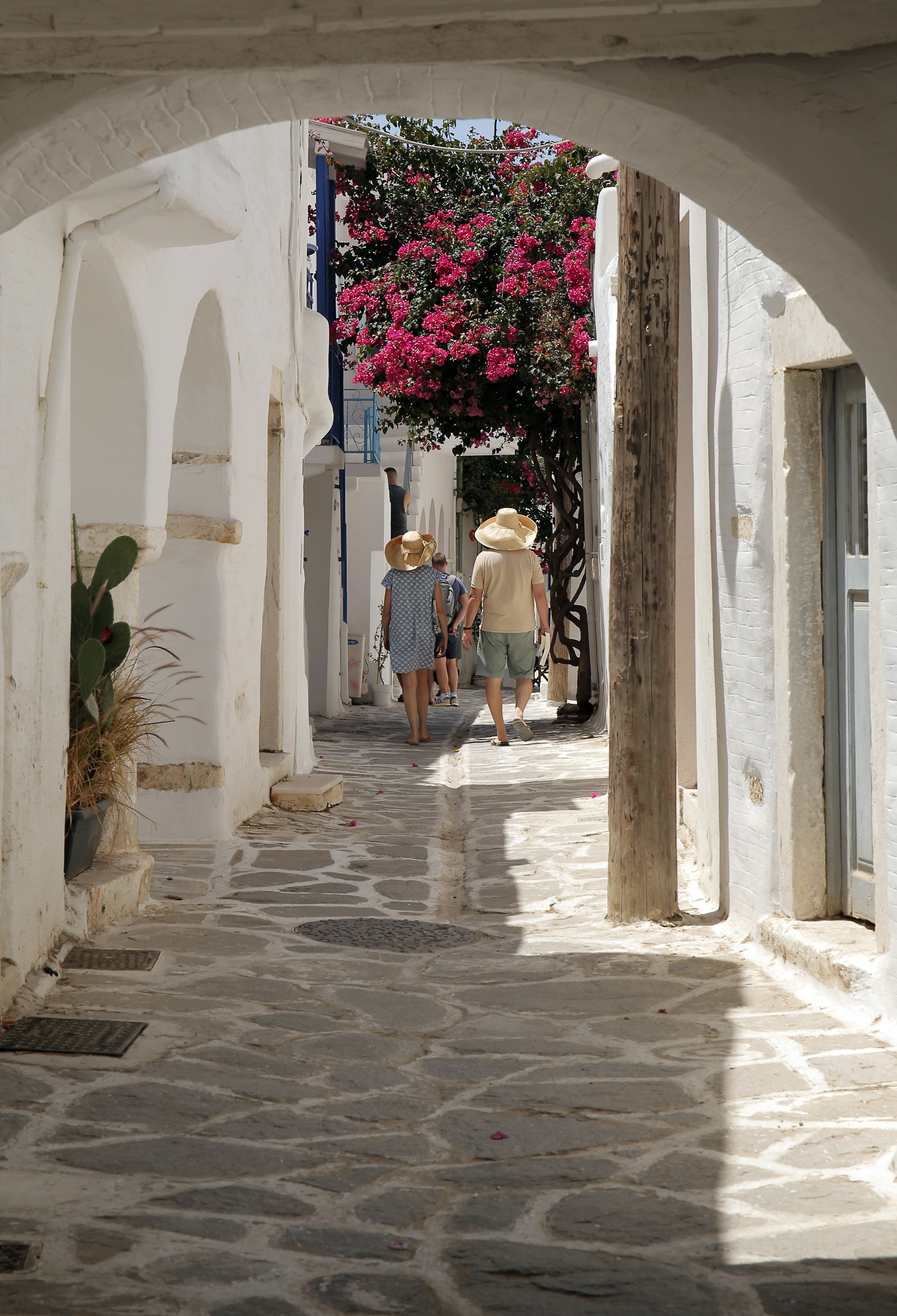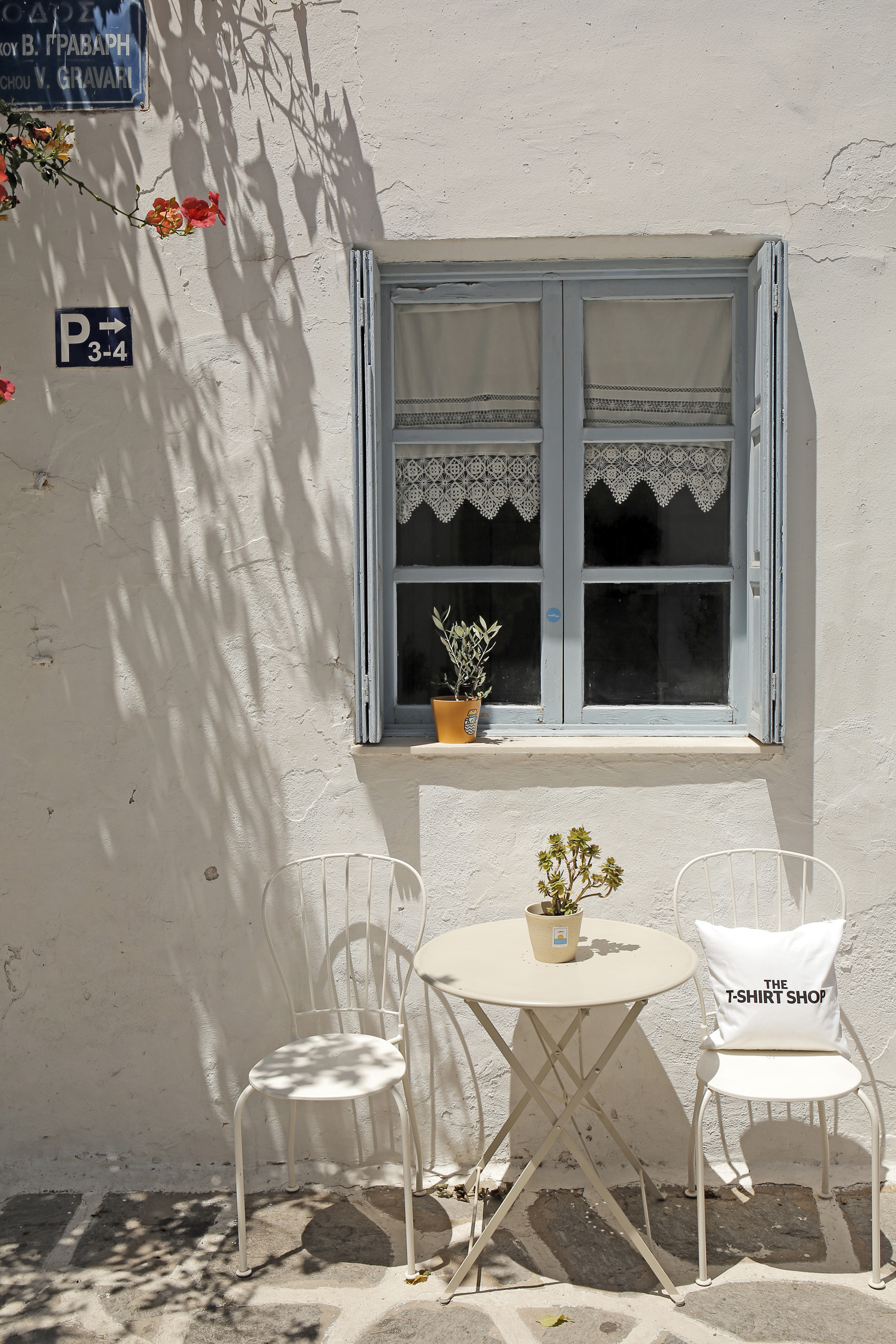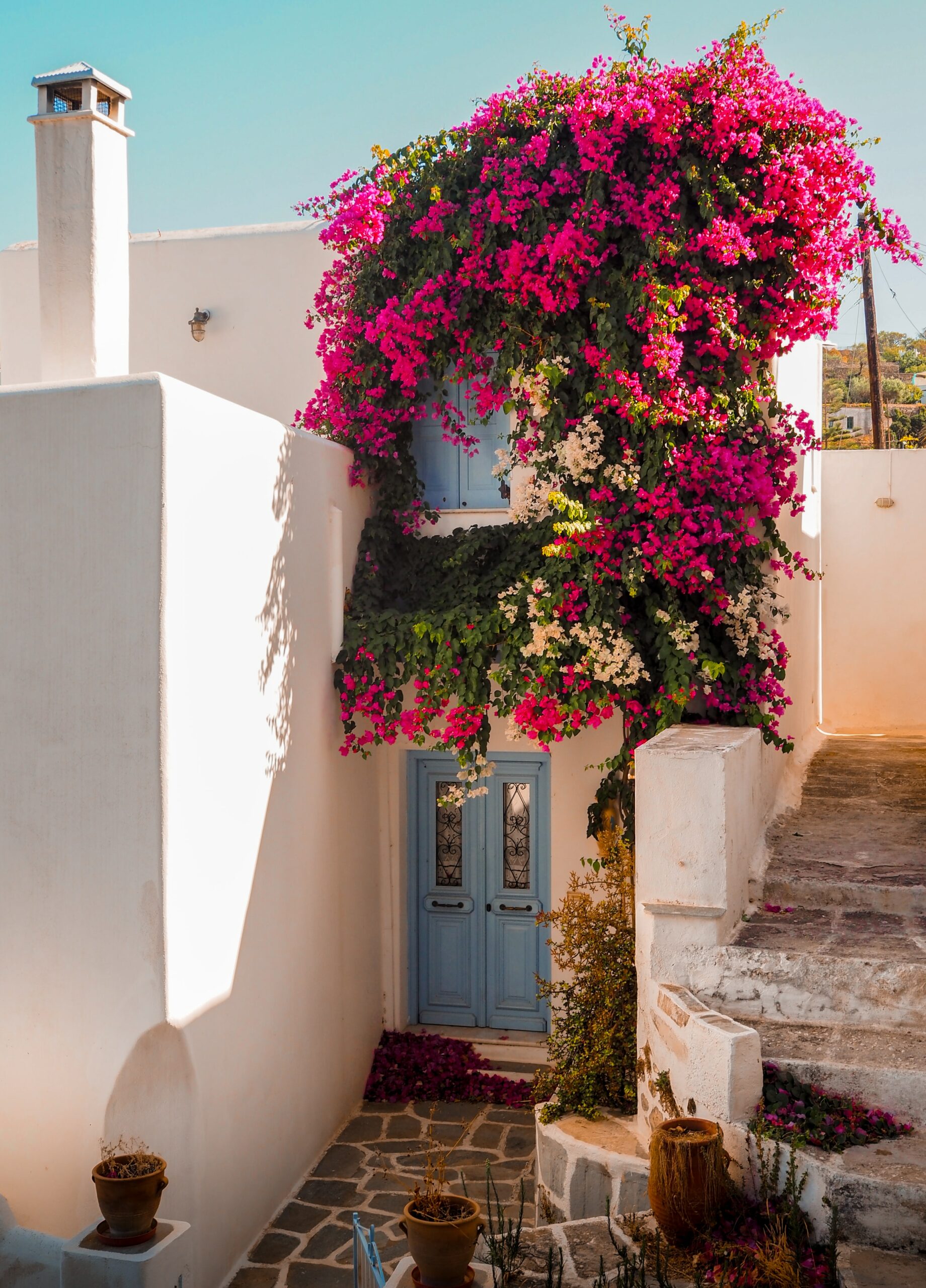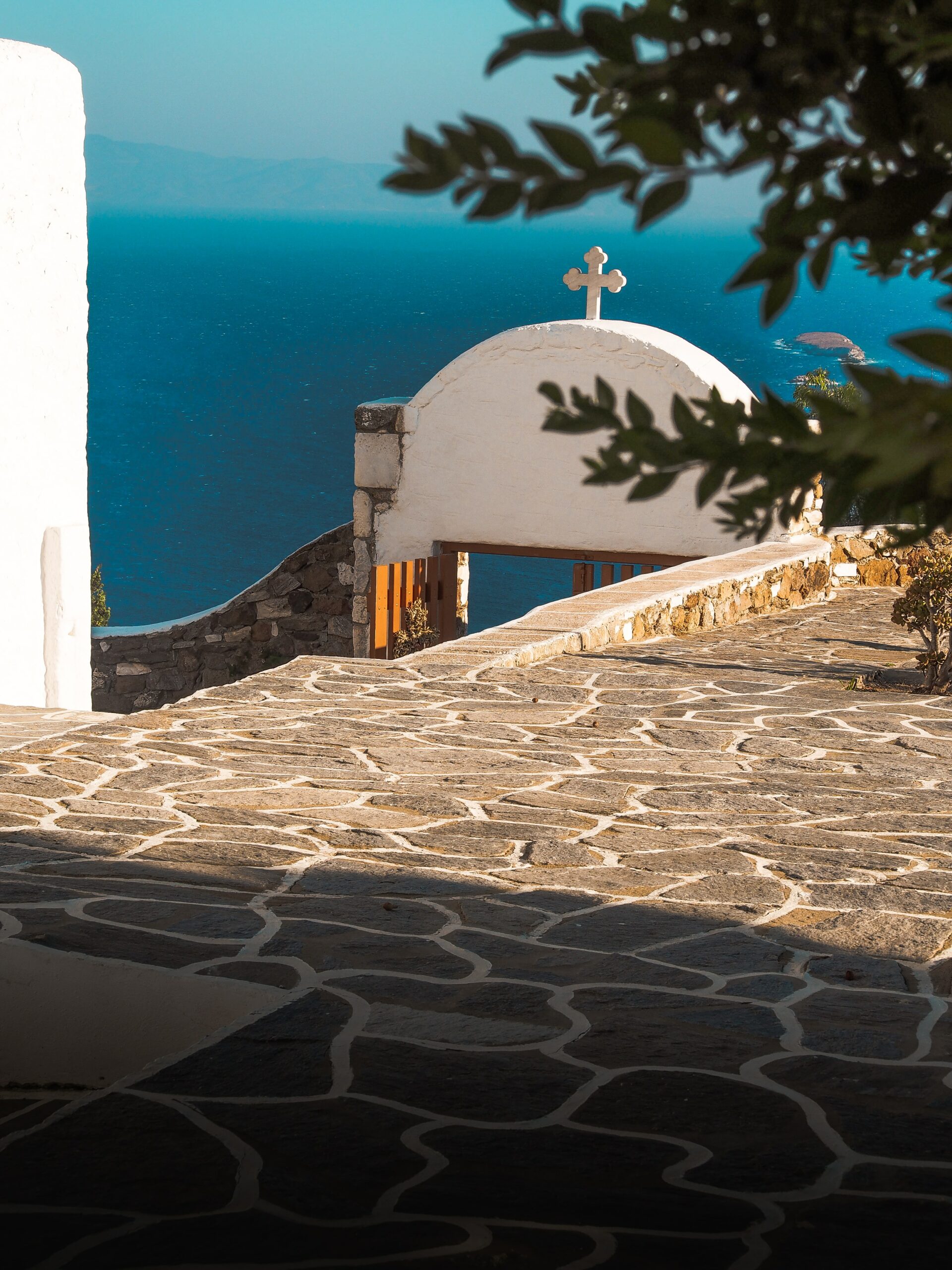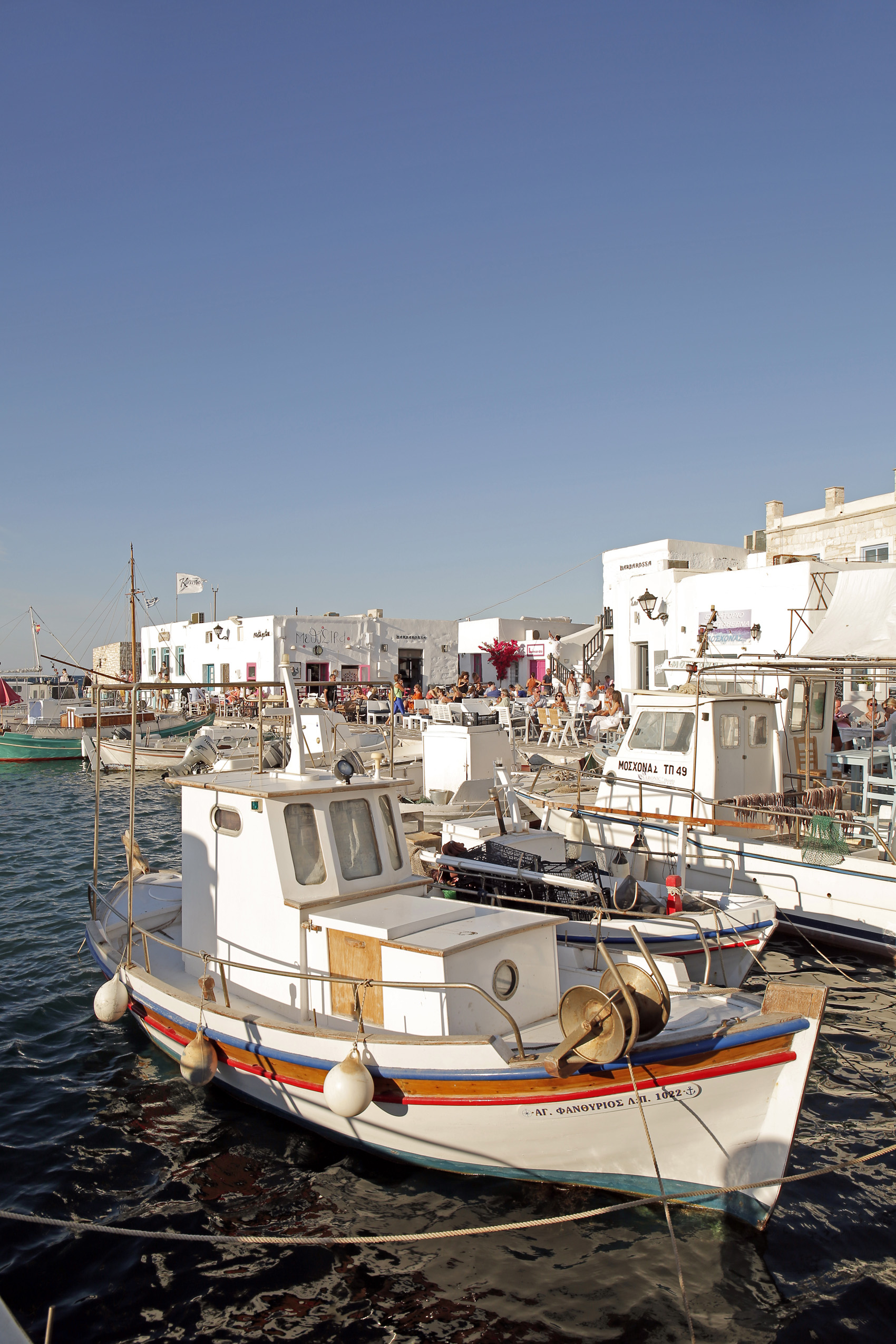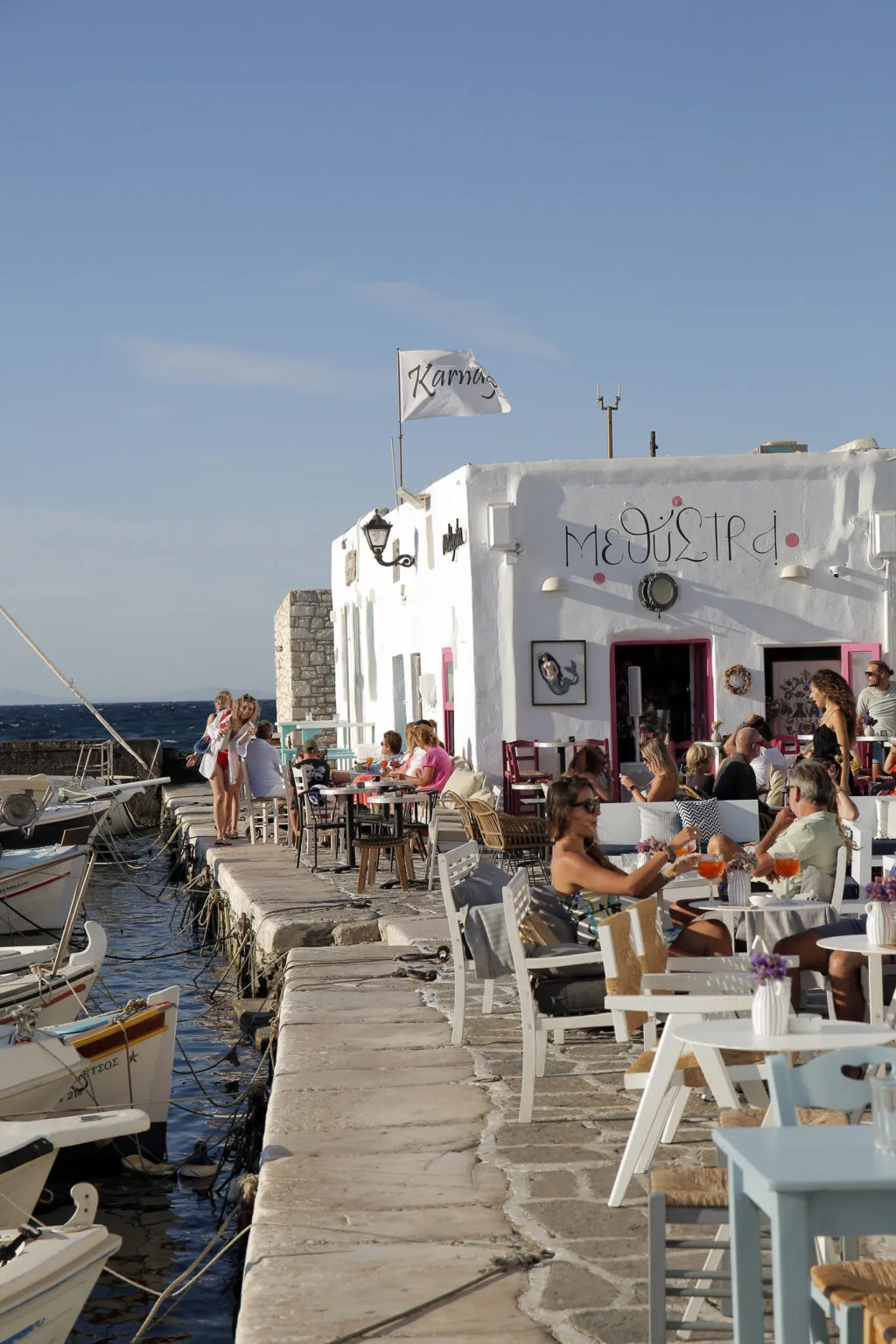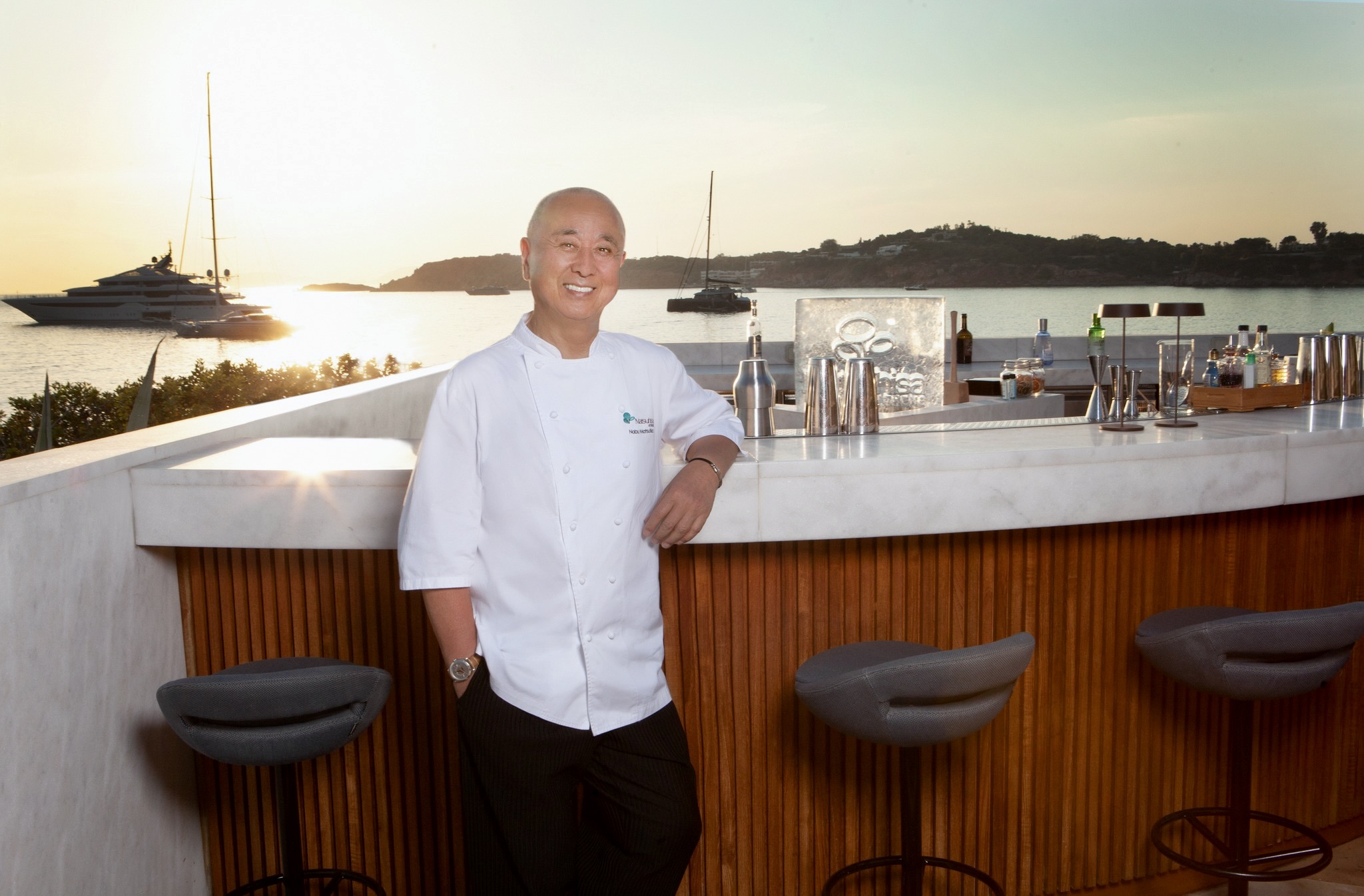A combination of size, marble and fertile soil has meant that Paros has always held a prominent status. As early as the 7th century BC it was rich and powerful enough to send a colony to Thassos. In 490 BC Paros sided with the Persians in the Battle of Salamis but after the loss the island came under the control of Athens.
The island floundered in the Hellenistic and Byzantine eras and was repeatedly plundered by pirates, but by the medieval period it had become an important part of the Duchy of Naxos. Conquered by the Ottomans in 1537, Paros later fell to the Russian fleet but it gained independence in 1821 and was incorporated into the new Greek state.
Today, the island is one of the busiest in the Aegean with visitors from all over the world, particularly Northern Europe, who love the warm shorelines, the pretty seaside villages, and the busy nightlife. Most holidaymakers arrive at Parikia, also known as Paros Town, the capital and main port on the island, and first impressions may not necessarily be positive; the port is a huge concrete edifice, the ferries line up in the bay to disgorge their precious cargo of visitors, and the traffic is chaotic while the town behind is a jumble of white Cycladic white houses punctured by the odd mansion and domed church. Lacking the beauty of some neighbouring Choras, heading east the harbour road passes the fishing boat dock, a partially excavated 8th century BC cemetery, and stretches out into hotels and tavernas fronting the coastline.
Yet, head into the centre and the town is a maze of stone-paved lanes that are quintessentially Greek, and there is much pleasure to be had meandering through alleyways and arcades, past Venetian villas and traditional houses, glimpsing ornate water fountains and earmarking shops to return to later. The marble plaza at the town entrance is full of strolling people and children playing in the early evening, while ahead lies the formidable Kastro, whose surviving east wall incorporates a 5th century BC tower constructed from blocks and columns pillaged from a nearby temple of Athena. Facing west, the pretty Church of Agios Konstantinos next door remains the island’s favourite spot to watch the sun sink beneath Paros and the Aegean.
Ten kilometres northeast of Parikia, Naoussa is the jewel in the crown of Paros. A picturesque fishing village that has mushroomed into a major resort, its development has not affected the little harbour where white, red and blue traditional boats bob together on the swell as fishermen repair their nets. Backed by Venetian mansions and Cycladic cubic houses, the taverna-stacked waterfront is the big draw; the navies of the ancient Persians, flotillas from medieval Venice, and the imperial Russian fleet have all dropped anchor here. The walls of the harbour are bookended by a 15th century Venetian fortress, crumbling and half submerged they are a pretty sight when lit up at night. Chicer than Parikia, the alleyways of Naoussa are a nest of restaurants, bars and boutiques with a nightlife that continues into the early hours.
Read also:
The most beautiful villages of Paros
Piso Livadi: A small, peaceful seaside village in Paros, with excellent food



